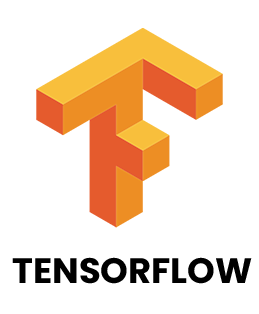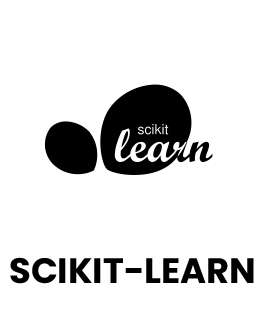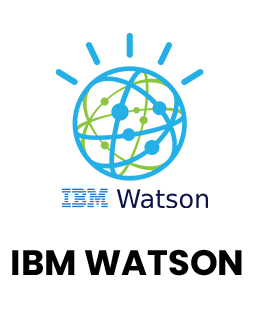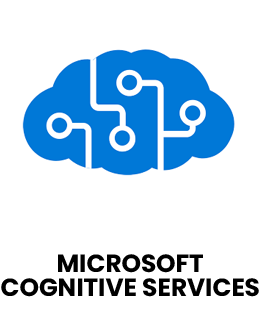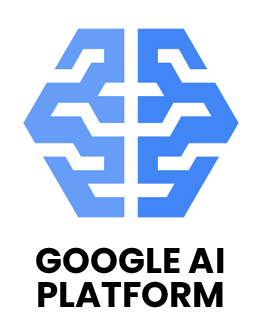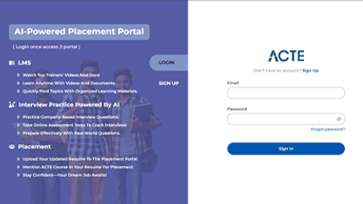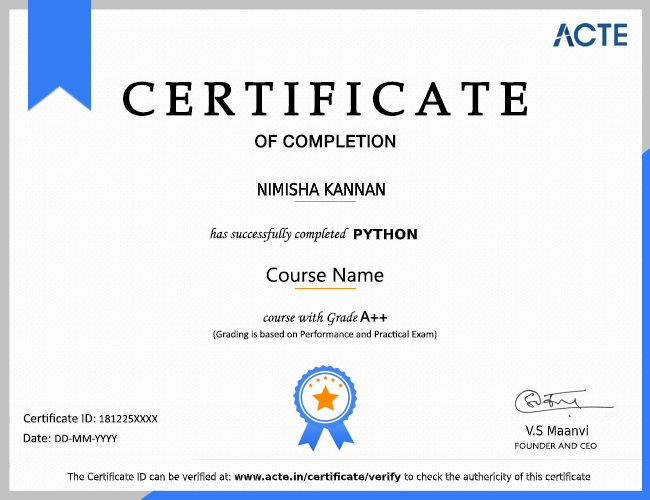Artificial intelligence is potentially a world-changing technology. Human intelligence could be enhanced by using it to treat cancer, drive autonomous vehicles, and control autonomous cars. Humanity may be doomed to an apocalypse caused by robots or the fall of robotic society. AI is simply software used by computers to emulate aspects of human intelligence. A robot vacuum with basic knowledge of the world around it, or a recommendation system that finds books you've bought based on what you've read.Using AI, a machine can exhibit human-like abilities, like reasoning, learning and planning.
Using artificial intelligence, a technical system can perceive its surroundings, deal with what it perceives, solve problems, and act in order to achieve specific goals. Upon receiving data, which has already been prepared or has been collected by the computer's own sensors, it processes it and responds.
Weak AI—also called Narrow AI or Artificial Narrow Intelligence (ANI)—is AI trained and focused to perform specific tasks.orm specific tasks. The majority of today's artificial intelligence is made up of weak AI. It is more accurate to describe this type of AI as 'narrow' rather than weak, as it includes some very powerful applications, including Apple's Siri, Amazon's Alexa, IBM Watson, and autonomous driving.
Artificial Super Intelligence (ASI) and Artificial General Intelligence (AGI) are key components of strong AI. The idea of artificial general intelligence (AGI) focuses on creating machines with an intelligence equal to humans; they would possess a self-aware consciousness that would be able to think for themselves and learn from their experiences. A superintelligence that surpasses the human brain's intelligence and ability will be known as Artificial Superintelligence (ASI).
In recent years, AI breakthroughs have occurred because of advances in computing power, the availability of large quantities of data, and new algorithms. A key element of the digital transformation of society is artificial intelligence, and it has become a major EU priority. Though AI will continue to impact our everyday lives in the future, it is already a part of our everyday lives today.
The engineers who work on artificial intelligence develop, program and train algorithms that function like human brains in order to make it feel and act like an actual brain. As a data engineer, you will have to have knowledge of software engineering, data science, and programming. While AI engineers specialize in data engineering, they rarely write the code needed to develop scalable data-sharing systems. Developers of artificial intelligence gather data from a variety of sources, build, develop and test machine learning models, and then build and implement AI applications using application programming interface (API) calls and embedded code.
The list below provides information on the most popular AI frameworks and tools available in the market today. Depending on what suits your needs best, you can choose from these artificial intelligence tools.
- Scikit Learn
- Tensorflow
- Theano
- Caffe
- MxNet
- Keras
- PyTorch
- CNTK
1. Scikit Learn :
An important tool for unsupervised and administered calculations is Scikit learn, one of the most popular ML libraries. Examples of precedents include calculated and direct relapses, bunching, decision trees, etc. In addition to SciPy, Python, and NumPy, the tool supports other libraries as well. The calculations involved in data mining and regular artificial intelligence assignments are numerous. Even features determination, changing information, and ensemble techniques can be run with only a few lines of code. Scikit Learn is the right tool that you should use if you wish to use an instrument for fledgling.
2. Tensorflow :
Using Tensor, large datasets can be quickly set up, trained and exported using multi-layered hubs. Google recognizes those questions that are presented in a photographic format thanks to this feature. Google can also understand words which are spoken within an application for voice recognition.
3. Theano :
Over the Keras, the Theano is folded. The Keras Python library allows deep exploration, works on Tensorflow and Theano. Models of profound learning were developed using Theano so they would be simple and quick to implement in some innovative work. Python is used, and it runs on GPUs and CPUs. GPUs in PCs can be exploited by Theano. By doing this, it can make much higher information counts than when its CPU is only used. Calculations requiring complex computations are highly profitable with Theano.
4. Cafe :
As one of its top priorities, Caffe offers profound learning and is made with speed, articulation, and high quality. The information here was compiled by the Berkeley Vision & Learning Center (BVLC). With a Python interface, it is a C library.
5. Mxnet :
Memory can be exchanged for computation time in MxNet by using a forgetful backprop. This is particularly useful in the case of a recurrent net that is in a long sequence. This tool has been designed to ensure scalability and ease of training on multiple GPUs and machines. In addition, it is equipped with features such as allowing the creation of custom layers in a high-level language. It is an open source framework that has been developed by a community, without any corporate direction.
6. Keras :
Keras is just what you need if you like Python and its capabilities. The library makes use of Theano and Tensorflow that is used in the backend to handle neural networks. A particular architecture is picked up based on the problem. Through images, it helps identify problems, and it does use weights. An optimization network is configured for results. With Keras, you can convert an abstract structure to any other framework for better performance or compatibility.
7. Pytorch :
Facebook created PyTorch, a system that is easily accessible on Github. Over 22000 stars are present in it. Frameworks such as this one have been highly in demand in recent years, and they are currently going through continuous development.
8. Cntk :
The CNTK lets users release and combine the popular types of models, such as DNNs, CNNs, RNNs, and LSTMs. SGD or stochastic gradient descent is used for learning. It runs on many servers and GPUs by using parallelization and automatic differentiation. Since CNTK offers open-source licenses, everyone can take a look at it.
Who should take this Artificial Intelligence course?
The demand for AI in a wide range of industries makes Simplilearn's training suitable for a variety of roles and disciplines, including :
- Developers aspiring to become artificial intelligence engineers or machine learning engineers
- Management of an analytics team by an analytics manager
- Artificial Intelligence algorithms are of interest to Information Architects
- Analytics professionals wishing to work in artificial intelligence or machine learning
- AI & Machine Learning graduates seeking a career
- For seasoned professionals seeking more insight into their fields by leveraging Artificial Intelligence
Top 10 Benefits of Artificial Intelligence (AI)
Below are ten of the most noteworthy contributions of Artificial Intelligence to shaping the world we live in.
1. Automation :
A major benefit of AI technology is automation. It has a significant impact on the communication, transportation, consumer goods, and service industries. As the use of automation increases in these sectors, it also leads to more efficient use of resources, higher quality products, shorter lead times, and enhanced safety. In addition to freeing up resources, automation can also contribute to greater productivity.
2. Smart Decision Making :
Making smart business decisions has always been possible with the use of Artificial Intelligence. The AI technology can contribute to delivering data, analyzing trends, developing data consistency, and providing forecasts to help companies make the best business decisions. AI can assist businesses in making the right decision to support their efficiency if it isn't programmed to mimic human emotions.
3. Enhanced Customer Experience :
Using AI-powered solutions, businesses can respond to customer queries and complaints efficiently. Natural Language Processing technology coupled with conversational AI can generate highly personalized messages for customers, which helps find the best solution for their needs. Customer service staff can benefit from AI tools as well by being less stressed, resulting in improved productivity.
4. Medical Advances :
The use of Artificial Intelligence solutions in healthcare is becoming increasingly popular these days. For instance, remote patient monitoring allows healthcare providers to diagnose patients and suggest treatment opportunities without physically seeing them. The advancement of artificial intelligence can also be useful in monitoring and forecasting contagious diseases.
5. Research and Data Analysis :
Data can be more efficiently analyzed with Artificial Intelligence and Machine Learning. Models can be created and algorithms created to comprehend potential outcomes of various trends and scenarios.
In addition to speeding up data analysis and processing, artificial intelligence can also facilitate research and development, which could have taken too long for humans to review and understand without its advanced computing capabilities.
6. Solving Complex Problems :
Having high-level Machine Learning models to deep learning models, AI technologies have evolved into powerful tools for solving complex issues. Business across industries can better address their challenges with AI solutions that range from fraud detection to weather forecasting to medical diagnosis. An increase in productivity and lower expenses are the results of solving complex problems with greater efficiency.
7. Business Continuity :
With the help of artificial intelligence, companies can use business forecasting to make critical decisions and prepare for emergency situations. AI-powered tools can assist organizations in responding proactively to crises as risk management relies heavily on data analysis and management today. Additionally, AI and machine learning can be used to develop scenarios to help businesses plan for a faster disaster recovery strategy.
8. Managing Repetitive Tasks :
In addition to being time-consuming and monotonous, repetitive business tasks can also affect employee productivity over time. Using robots to automate business process interaction can save companies time and make their employees' lives easier. In the HR, IT, marketing, or sales departments, it can mimic the actions of humans within the digital systems so that any business process can be completed efficiently and manually without the need for the intervention of a human.
9. Minimizing Errors :
Automation can also reduce the likelihood of human error by automating routine business tasks.
Because Robotic Process Automation tools handle the data entry and processing jobs, they can help digital systems run more efficiently and reduce the chances of running into or creating problems due to data processing mistakes. Businesses cannot afford even the slightest error. This can be especially useful for them.
10. Increased Business Efficiency :
With Artificial Intelligence, you can ensure your service is accessible 24 hours a day, all day long. AI tools will not become bored or tired of repetitive tasks either if they are taken care of. As a result, the business can be run more efficiently and the employees can be reassigned to perform more complex business tasks that require manual intervention.



